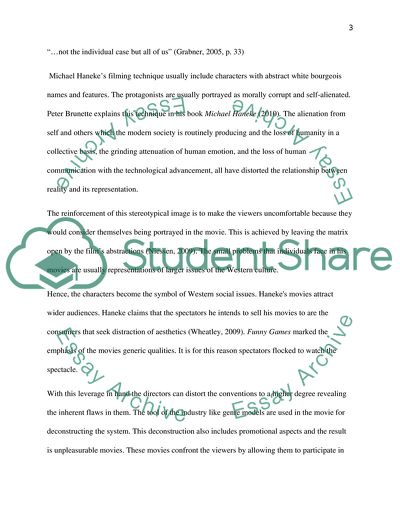Cite this document
(The Documentary Style of Filming and the Conventions of Realism Essay Example | Topics and Well Written Essays - 2750 words, n.d.)
The Documentary Style of Filming and the Conventions of Realism Essay Example | Topics and Well Written Essays - 2750 words. https://studentshare.org/visual-arts-film-studies/1644312-the-documentary-style-of-filming-and-the-conventions-of-realism
The Documentary Style of Filming and the Conventions of Realism Essay Example | Topics and Well Written Essays - 2750 words. https://studentshare.org/visual-arts-film-studies/1644312-the-documentary-style-of-filming-and-the-conventions-of-realism
(The Documentary Style of Filming and the Conventions of Realism Essay Example | Topics and Well Written Essays - 2750 Words)
The Documentary Style of Filming and the Conventions of Realism Essay Example | Topics and Well Written Essays - 2750 Words. https://studentshare.org/visual-arts-film-studies/1644312-the-documentary-style-of-filming-and-the-conventions-of-realism.
The Documentary Style of Filming and the Conventions of Realism Essay Example | Topics and Well Written Essays - 2750 Words. https://studentshare.org/visual-arts-film-studies/1644312-the-documentary-style-of-filming-and-the-conventions-of-realism.
“The Documentary Style of Filming and the Conventions of Realism Essay Example | Topics and Well Written Essays - 2750 Words”. https://studentshare.org/visual-arts-film-studies/1644312-the-documentary-style-of-filming-and-the-conventions-of-realism.


